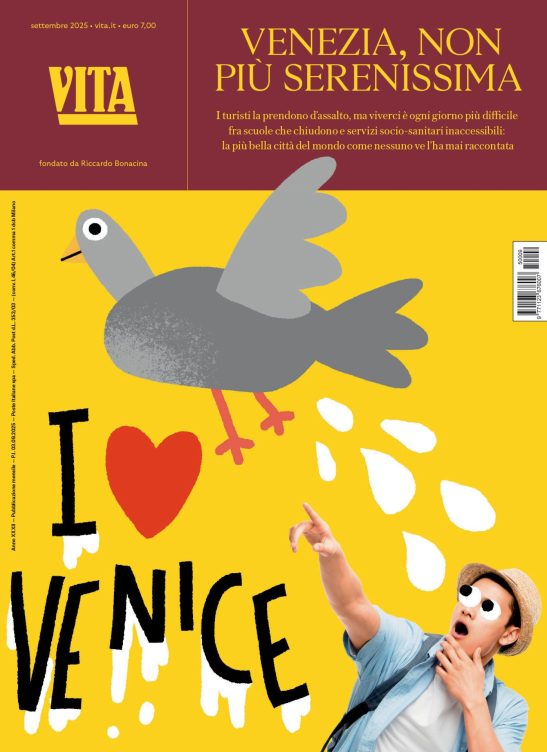Cultura
La grazia di Tomi Um ci accoglie in metropolitana
A volte la pubblicità può veramente sorprenderci per la sua ideazione e qualità estetica. È il caso della brillante campagna disegnata dall'illustratrice Tomi Um per il brand Casper, apparsa nella metropolitana di New York.
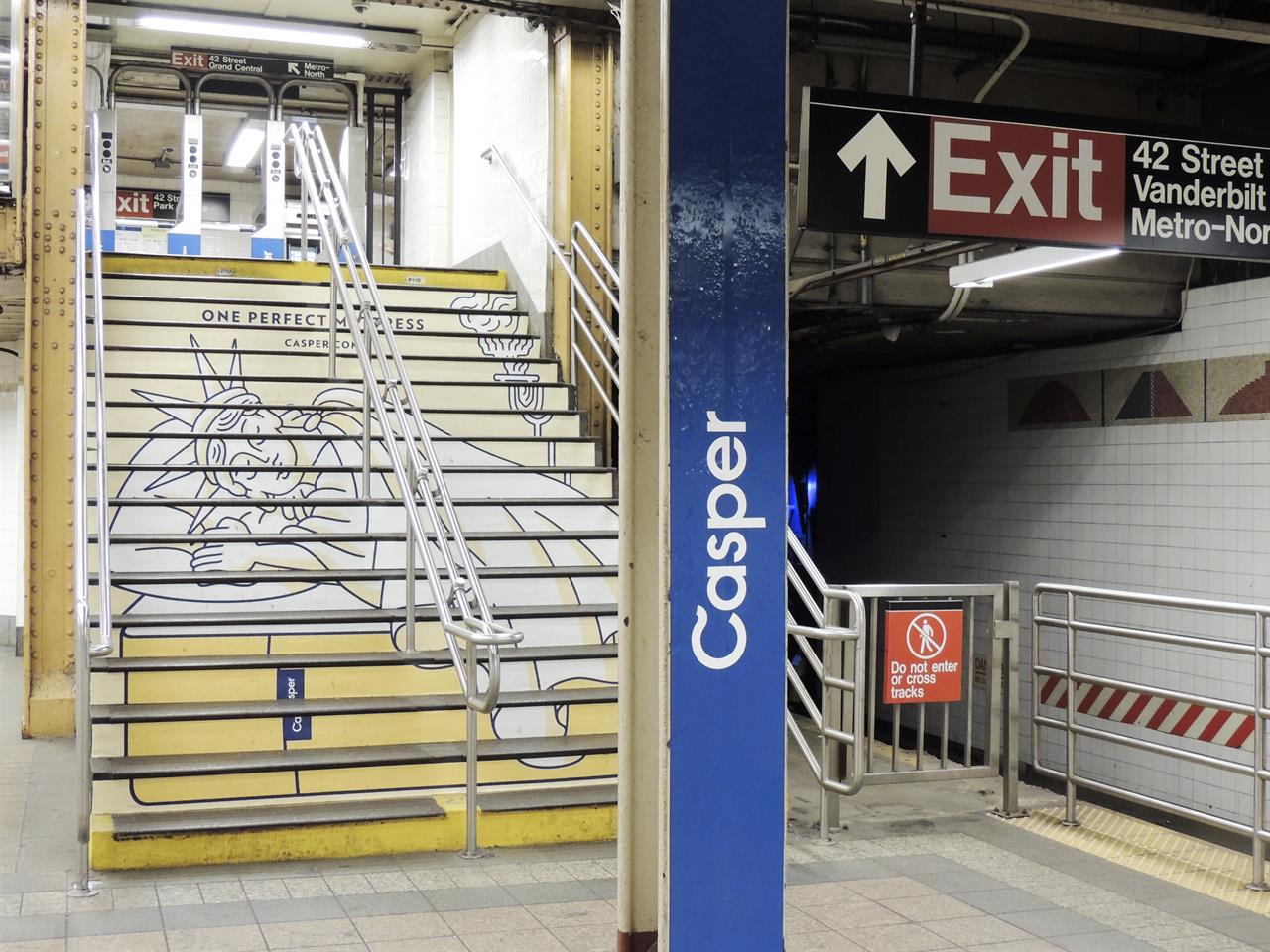
È la lunga disputa su arte e potere: ieri era il mecenate mentre oggi sono i brands a dare lavoro agli artisti. Certo sono trascorsi un po' di secoli e le cose sono diverse ma il linguaggio “elevato” (artistico) è sempre più utilizzato per raggiungere la propria audience. Spesso ignoriamo quella pubblicità che ci accoglie in metropolitana la mattina o quel cartellone sulla tangenziale. Difficile dire che effetto abbiano su di noi, chissà. Eppure vi è mai capitato di condividere con amici quanto bella o brutta fosse quella réclame? A me capita, tra le mille che odio, ogni tanto di incontrarne di brillanti come quelle realizzate da Tomi Um nei vagoni della subway di New York.
Di quelle che ti chiedi chi mai le avrà ideate. Tomi dalla Korea arriva negli States giovanissima dove studia Fine Art per approdare più tardi all'illustrazione. La sua ispirazione? People-watching mi racconta. «Mi piace guardare le persone, capire le loro emozioni». In effetti i suoi caratteri, anche quando fantastici o mitologici, si rifanno a persone reali. E tra editoria e pubblicità lei non prende posizione netta; il lavoro è lavoro e quando vi è la possibilità di esprimersi liberamente allora si porta a casa il risultato. Di certo Tomi l'ha imbroccata e quando scherzosamente le chiedo se non è stufa di vedere i suoi lavori ovunque lei risponde di si perché vi trova sempre qualcosa che non va. Noi che guardiamo da fuori invece non possiamo che esserne trasportati. Tomi sa farci viaggiare con la fantasia e immedesimarci in quei personaggi spesso buffi dandoci un pretesto why not per sorridere anche in un luogo alquanto detestato come la metro newyorkese.
Foto: un particolare della campagna disegnata da Tomi Um
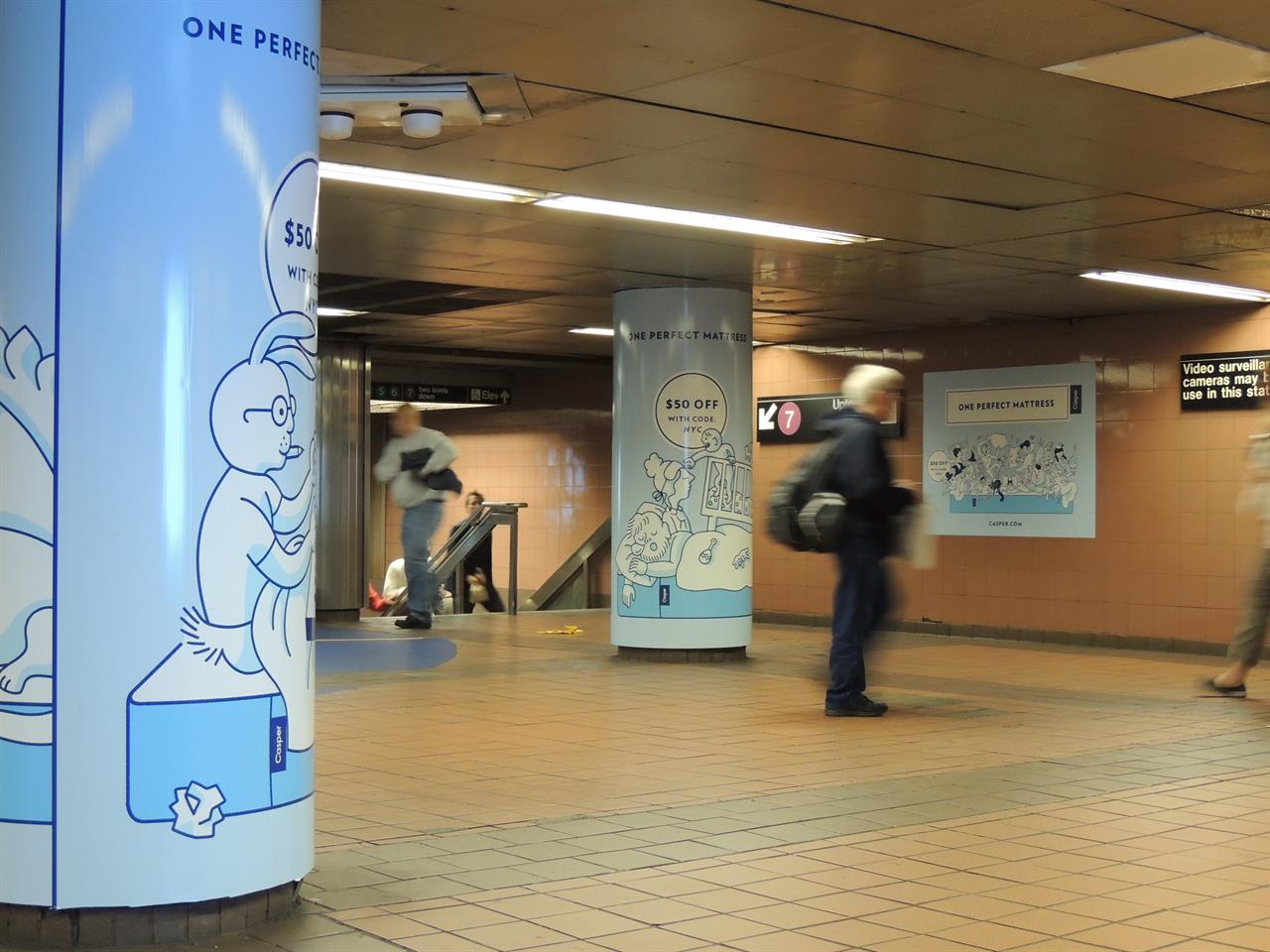
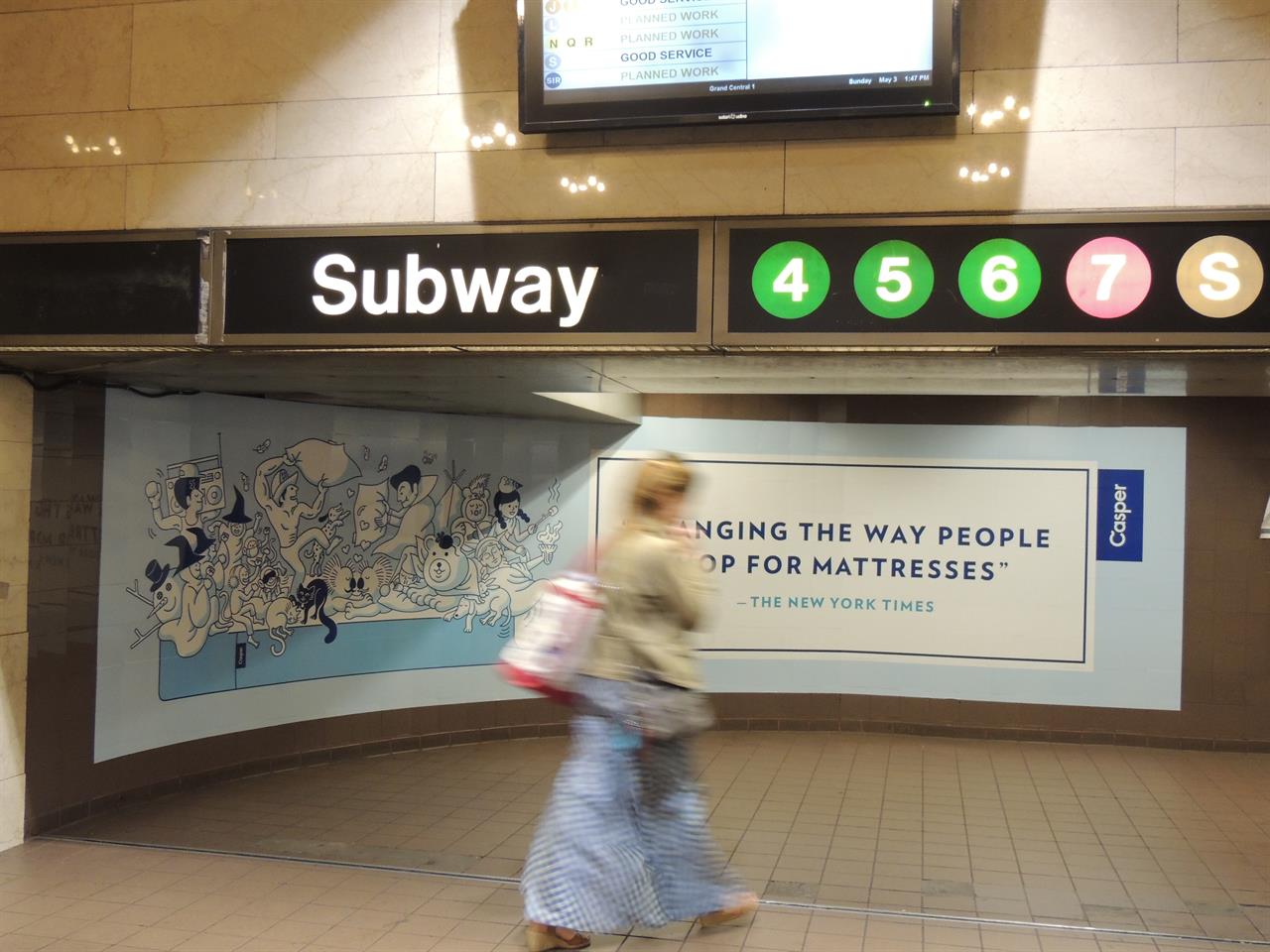
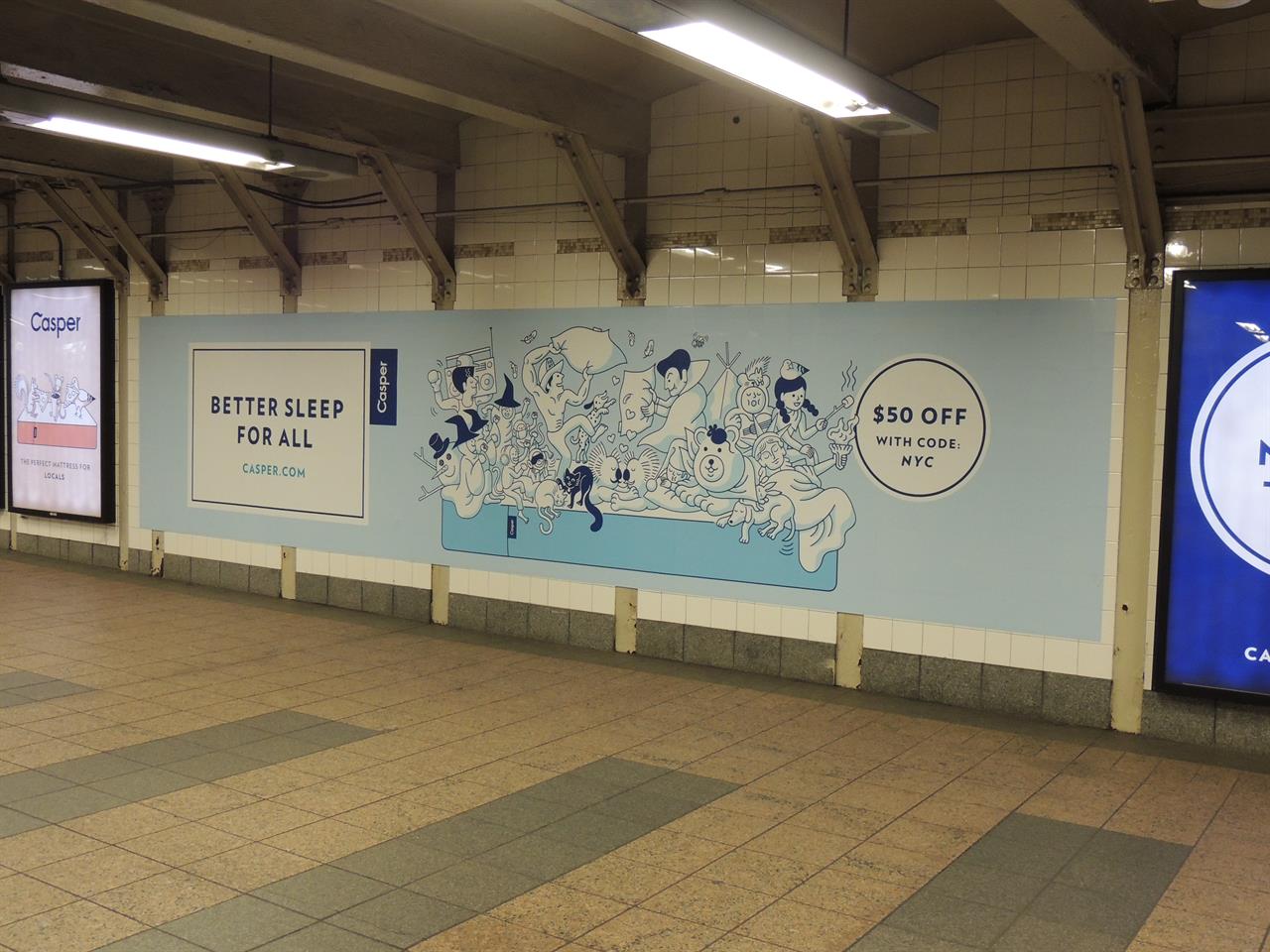
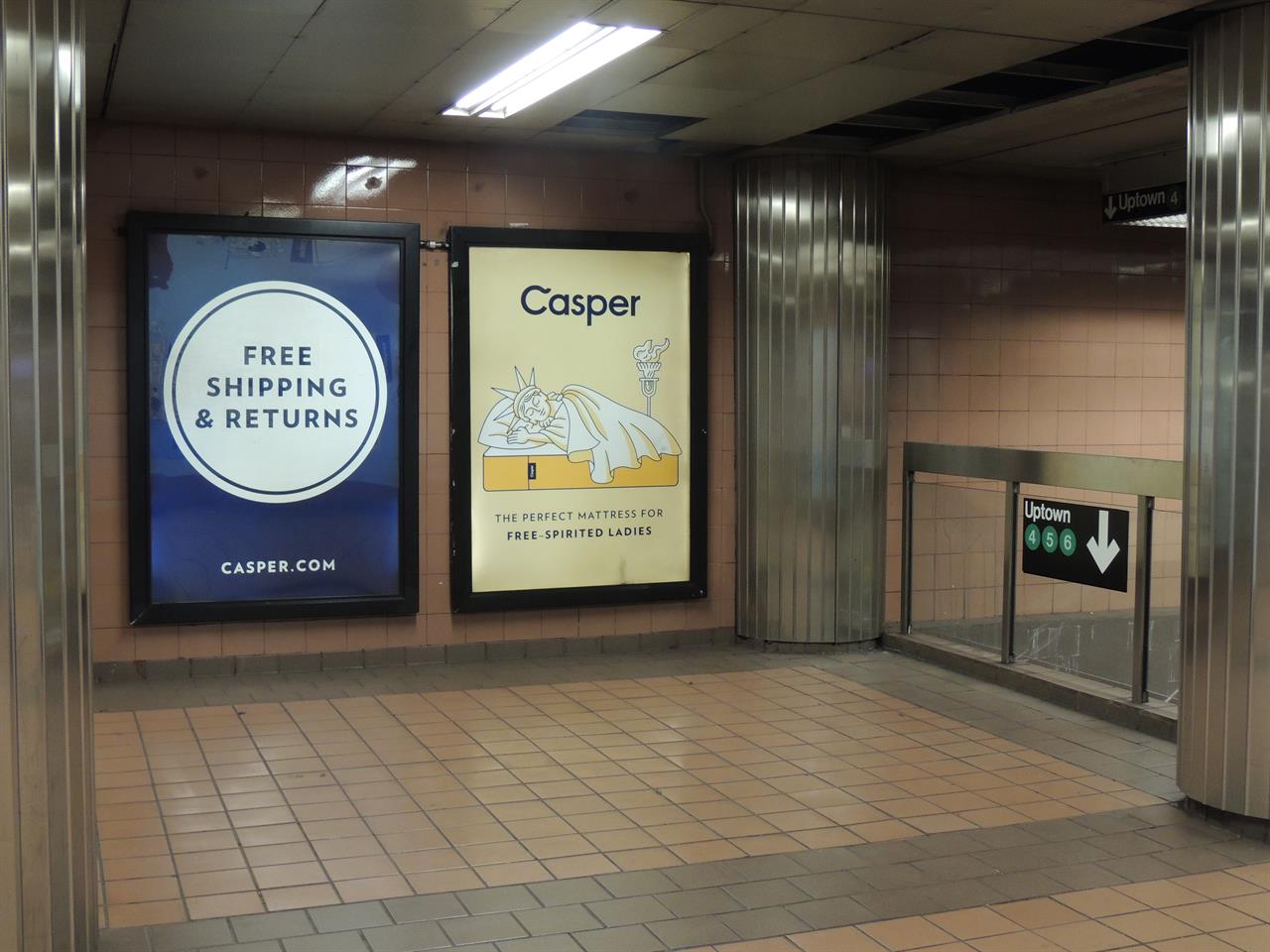
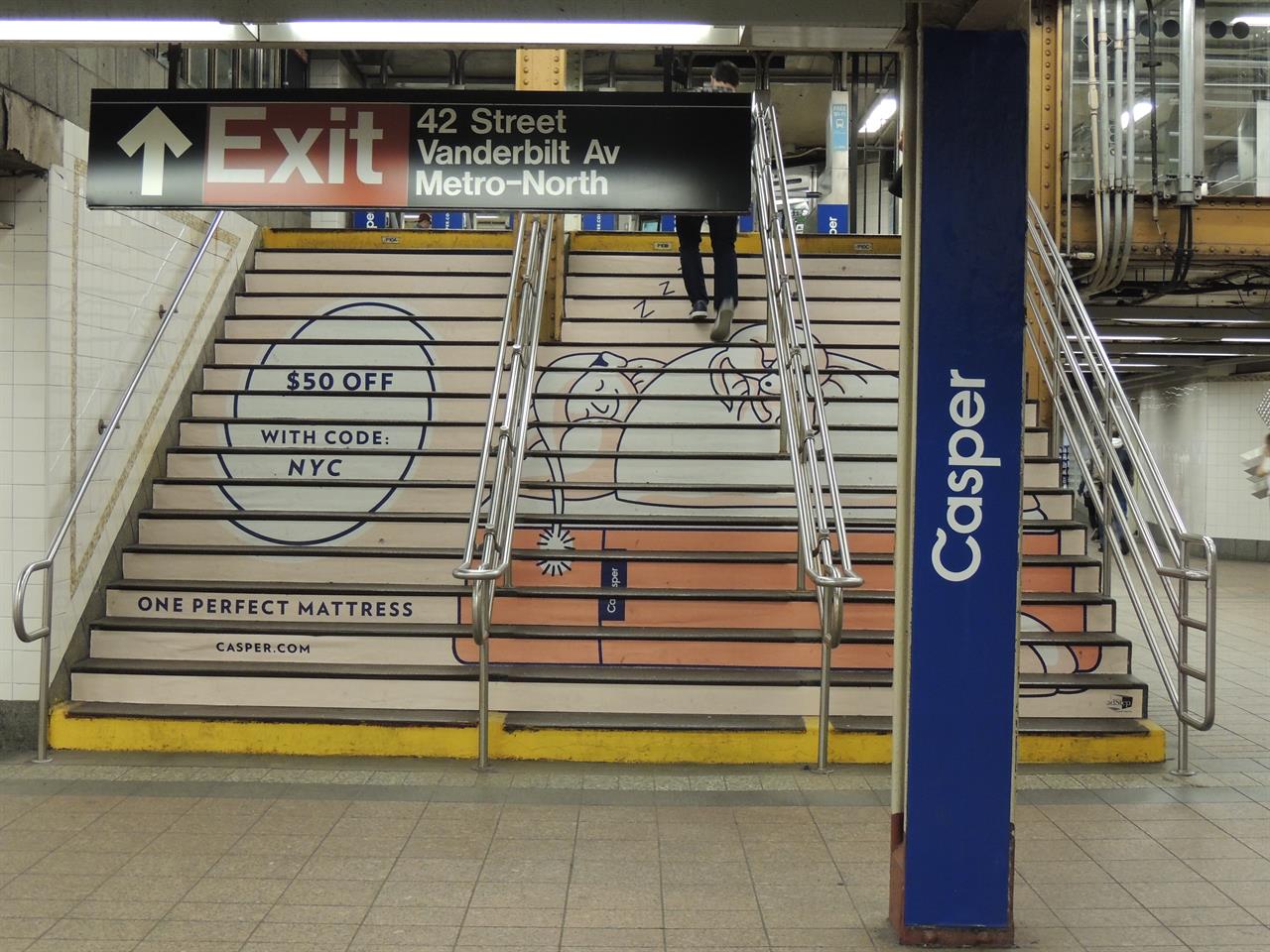
English version: Riding the subway with Tomi Um's fantastic characters.
It's the eternal love-hate relationship between art and power. Before it was the mecenate*, or the patron, whereas today it is the brands who largely commission work to the artists. True, many centuries have passed, and things are different, but the high language of art is more frequently adopted by companies to better reach their audience. We are free to ignore that subway ad or highway billboard; however, we can't totally exclude the affect these have on us. Have you ever commented with friends on a commercial you just saw? It happens to me all the time; and among the many I hate, sometimes I find one that I love. An example? Tomi Um's NY subway ads, the kind of work you wonder who the creator might be.
Tomi moved from South Korea to the States at a young age and began her studies as fine artist to eventually become an illustrator. Where does she get her inspiration from? People-watching, she confesses. “I like observing people to understand their feelings.” In fact, her characters, even the most fantastic or mythological ones, are so powerful because they are inspired by real human beings. She doesn't take a position between commercial and editorial work; work is work, she said, and the more we can express ourselves freely the more we can achieve best results. Definitely, Tomi got it right this time and when jokingly I ask her whether she is annoyed by seeing her work everywhere, she nods saying “I am too nitpicky.” However, we the audience can only surrender to her marvelous work. Tomi takes us on an extraordinary journey with her amusing characters and gives us an excuse (why not) to smile even in an often detested place like the New York City subway.
*mecenate: a person who helps people or institutions (especially with financial help).
17 centesimi al giorno sono troppi?
Poco più di un euro a settimana, un caffè al bar o forse meno. 60 euro l’anno per tutti i contenuti di VITA, gli articoli online senza pubblicità, i magazine, le newsletter, i podcast, le infografiche e i libri digitali. Ma soprattutto per aiutarci a raccontare il sociale con sempre maggiore forza e incisività.
